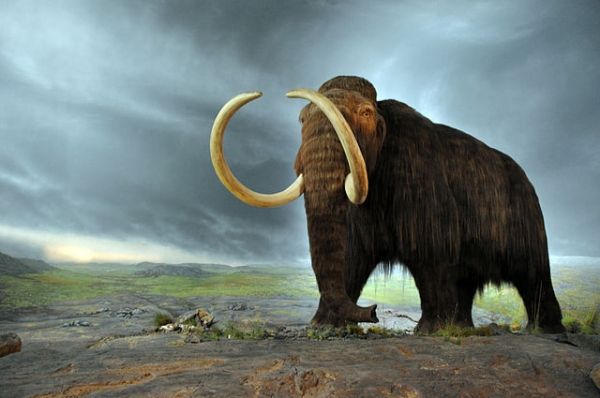Prehistoric Britain - Comprehension Questions and Answers
1. What problems are we faced with when trying to understand the Prehistoric Period?
The main problem is not being able to find written sources of information. All we know about the Prehistoric Period can only be obtained by archaeology and other non-written sources of information, such as the pollen analysis carried out for the Neolithic period.
2. How is modern technology helping archaeologists piece together the past?
Modern technology is now essential for archaeology. Through tests like DNA analysis of bones and tools and pollen analysis, archaeologists have more instruments to study this period of time. And with technology getting more and more sophisticated, it will be easier for scientists to tell us more about prehistoric life.
3. What facilitated entry to Britain but also at the same time made life more challenging?
Britain went through different Ice Ages between the Palaeolithic and the Upper Paleolithic periods. Between an Ice Age and another, Britain was linked to continental Europe by a wide land bridge called Doggerland. This allowed humans to move to Britain until they had to resettle again in Southern Europe when a new Ice Age came.
4. How did social structures change through the Prehistoric era? What allowed these social changes?
From being mainly hunters and gatherers in the Palaeolithic, the early inhabitants of Britain gradually became less mobile until they adopted a more sedentary lifestyle in the Neolithic. This new lifestyle together with a warmer climate prompted changes in human societies. From being almost nomadic and gathered in small groups at the beginning of the Prehistoric period, they changed in being organised in societies. They built bigger and bigger sites; they adopted farming of crops and domestic animals and they started to divide the territories according to the tribe who was living in it. These changes allowed a better use of territorial resources and a highest specialisation of people with the division of societies into different gropus such as farmers, artisans and leaders.
5. How did the Beaker culture get its name?
Beaker culture gets its name from a pottery style — a beaker with a distinctive inverted bell-shaped profile. The pottery was well-made, usually red or red-brown in colour, and ornamented with horizontal bands of incised, excised or impressed patterns.
6. What were the reasons for the outbreaks of tribal warfare during the Iron age?
The increase in the number of people living together in tribes led to more and more wars between opposing tribes wanting to have control over the land.



